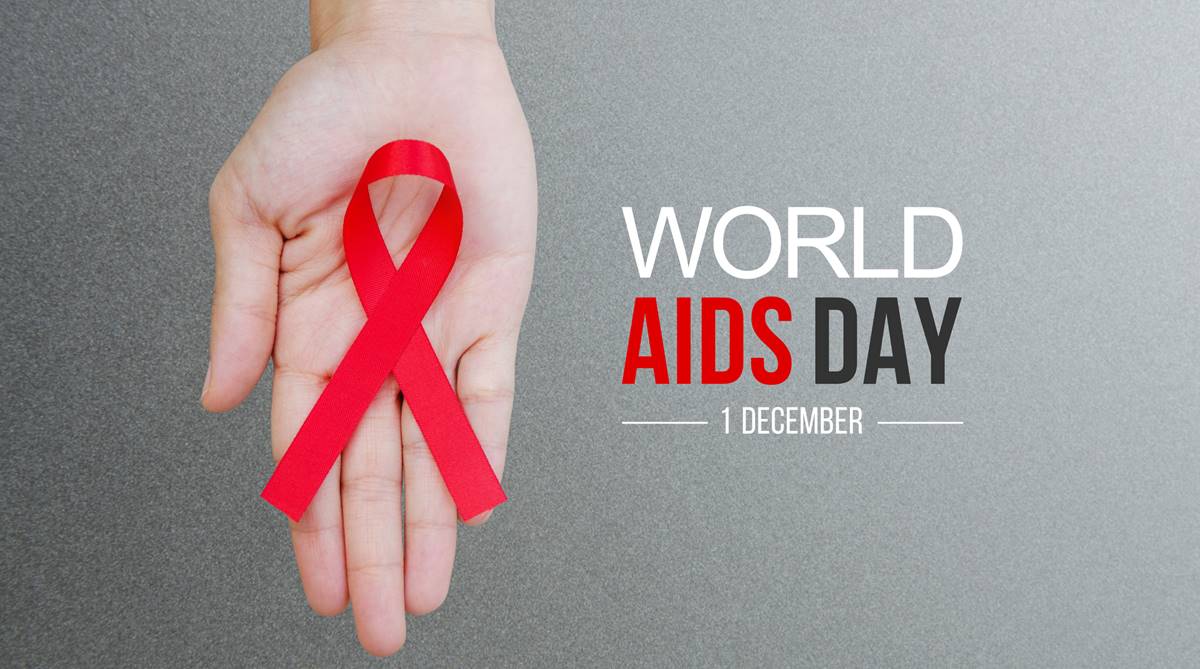India top in 40 countries in condom use adherence through sex workers
According to the various scorecards of the report for 2023, India has succeeded in reducing the annual number of new HIV infections in all age groups by 42 per cent since 2010.
Every year around 1 million people die because they are unaware about their HIV status

oday, around 37 million worldwide live with HIV, of whom 22 million are on treatment, according to WHO. (Photo: Getty Images)
About 36.9 million people worldwide are living with HIV/AIDS today. Of them, 2.4 million are in India, according to data from the World Health Organisation. An estimated 2.1 million people were newly infected with HIV in 2015, 35% lower than the number newly infected in 2000 (about 3.2 million), according to World Health Statistics 2017. New HIV infections among adults in the 15-49 years category per 1000 uninfected population in India is 0.11, the data shows. This World AIDS Day (1 December), to raise awareness around this major health issue in the country, healthcare givers on the eve of World AIDS Day advise people to check their HIV status.
Every year around one million people die because they are unaware about their HIV status. Altogether 9.4 million people living with HIV still do not know their status, said Dr Rakesh Pandit, Senior Consultant, Internal Medicine, Aakash Healthcare Super Speciality Hospital.
Stigma and discrimination deter people from taking an HIV test. Many get tested only after becoming ill and symptomatic, he said. “We can’t rely on the symptoms in the case of AIDS. The only and scientific way of knowing that the person is HIV positive is by getting it tested,” said Dr Gaurav Jain, Sr Consultant, Internal Medicine, Dharamshila Narayana Superspeciality Hospital.
Advertisement
Symptoms, he said, may include extreme and unexplained tiredness, rapid weight loss, prolonged swelling of armpits or neck, diarrhoea that lasts for more than a week etc. This year let’s pledge to come forward and know our HIV status and follow the theme for World Aids Day on 1st December – Know Your Status, said Dr Pandit.
READ | Nearly 40 individual HPV types linked to HIV infection
A UNAIDS status report indicates that there is still a long way to go in terms of reaching out to people with HIV/AIDS. HIV refers to the virus that targets the person’s immune system and can weaken the defence systems, making a person vulnerable to infections and some forms of cancer, said Dr KK Aggarwal, president, HCFI.
This viral infection leads to Acquired Immune Deficiency Syndrome (AIDS) that is the most advanced stage of HIV infection, he said. “It causes an extremely low CD4 cell count. If untreated, HIV can destroy the immune system and lead to AIDS,” Dr Aggarwal said.
“HIV destroys and impairs the function of immune cells, gradually making infected individuals become immunodeficient. Although there has been a registered 20% annual decline in new infections over the past few years, more efforts are required to completely combat the disease by the year 2030,” he said
On World AIDS Day, Dr Aggarwal stressed, there was a need to create awareness that HIV/AIDS continues to affect the Indian population despite various mass awareness campaigns, availability of various state-of-the-art medical interventions, and evolving technology.
Elaborating on the disease, he said HIV and AIDS are different terms. HIV or Human immunodeficiency virus attacks and destroys white blood cells or T Lymphocytes in the immune system making the body prone to all types of diseases. AIDS, on the other hand, is a condition, which develops in the advanced stages of HIV infection due to a weak immune system.
“HIV can spread from an infected woman to her child during pregnancy and childbirth. It can also be passed from a mother to her child through breastfeeding. All pregnant mothers should get HIV test done. Antiretroviral therapy (ART) should be started at the earliest to prevent HIV transmission to sexual or drug using partner/s or from the mother to the infant during pregnancy or breastfeeding.”
On prevention, he talks of ABC for safe sex: Abstain, Be faithful to your partner and if you cannot, use Condoms. More dangerous is the fact that HIV-positive people may remain asymptomatic but can still pass on the virus to others.
Only collaborative efforts at multiple levels, across stakeholders can help in eradicating AIDS by 2030, said NATHEALTH chief Daljit Singh.
On available therapies to treat HIV, Dr Jain said ART (Antiretroviral Therapy) or ARV is used. The drugs do not kill or cure the virus, it can only reduce the load of virus but opportunistic infections aren’t affected.
Myths and misinformation increase the stigma and discrimination surrounding HIV and AIDS. Even after so much awareness, still in rural areas people living with HIV are being denied health services because of stigma and discrimination.
Advertisement